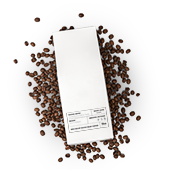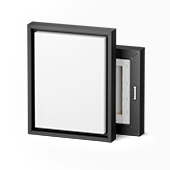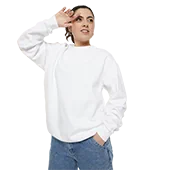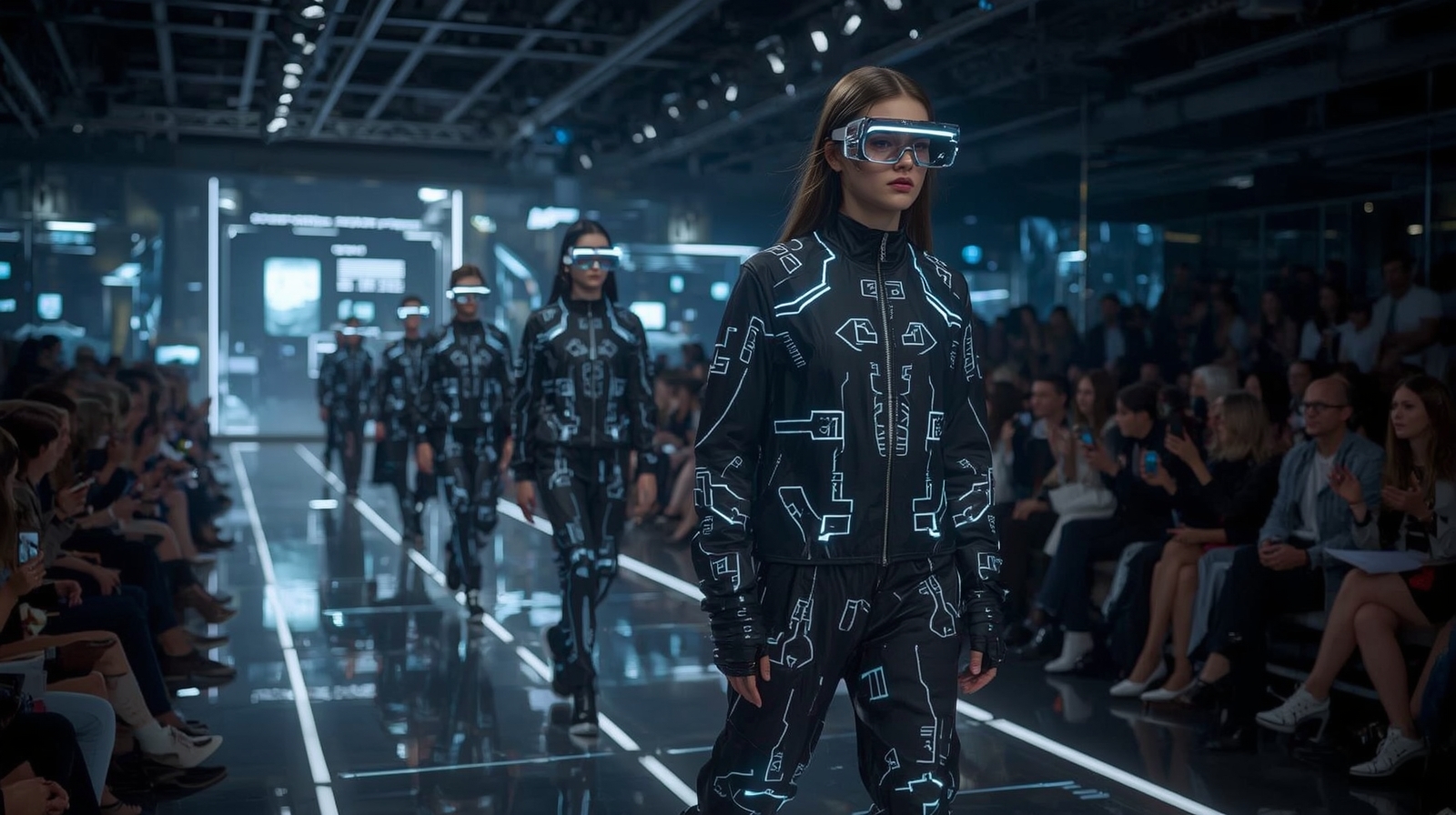Technology and fashion used to live in separate worlds. One was about circuits, the other about couture. But today? They’ve collided. The result is tech fashion—a bold, new frontier where style meets innovation. Whether it’s your smartwatch, AR-powered virtual try-ons, or data-driven fashion brands, tech is reshaping how we dress, shop, and express ourselves.
Let’s explore this ever-evolving landscape and find out exactly what tech fashion is, how it’s transforming the industry, and what it means for the way we dress in the modern world.
Understanding the Concept of Tech Fashion
The Intersection of Fashion and Technology
At its core, tech fashion is a blend of wearable innovation and aesthetic design. It covers everything from functional garments like heated jackets and biometric shirts to style-enhancing digital tools like virtual closets and AR mirrors.
Evolution from Traditional to Tech-Enabled Clothing
The transformation has been rapid:
- Pre-2000s: Style ruled, with little digital influence.
- 2010s: Fitness trackers and smartwatches entered wardrobes.
- 2020s: We’re now seeing self-cleaning clothes, AI-designed garments, and even digital-only fashion collections in the metaverse.
Tech fashion is no longer a niche—it’s a growing force.
What is a Tech in Fashion?
The Role of Technology in Design and Manufacturing
A “tech in fashion” refers to the technological components integrated into either the design process or the garment itself.
Examples include:
- AI-powered design software that predicts trends and assists designers.
- 3D printing for rapid prototyping and custom creations.
- Blockchain for traceability and authenticating luxury items.
Examples: AI Design, 3D Printing, and Smart Fabrics
Let’s look at a few real-world use cases:
- The Fabricant: A digital fashion house that sells clothing you can’t physically wear.
- Ministry of Supply: They create clothes that regulate temperature using phase-change materials developed by NASA.
- 3D-printed sneakers by Adidas offer custom fit and reduced waste.
Defining Fashion Tech
What Makes Fashion Tech Different?
Fashion tech is a subset of tech fashion, focusing more on tools and platforms that support the industry:
- Fashion tech = the backend (data, platforms, AR tools)
- Tech fashion = the product (wearable innovation)
Fashion Tech vs. Wearable Tech
Though similar, there’s a subtle difference:
- Wearable tech includes smartwatches and fitness bands.
- Fashion tech includes tools like 3D body scanning, virtual dressing rooms, and AI stylists.
Key Innovations in the Industry
Some key breakthroughs:
- AR-powered mirrors in stores
- AI style assistants (like Stitch Fix’s algorithms)
- Blockchain product tracking
What is the Tech Style Fashion Group?
Overview of TechStyle Fashion Group
TechStyle is a pioneering fashion company that integrates tech into every part of its business, from design to delivery. Founded in 2010, it’s a parent company of multiple online fashion brands.
Their Brands: Fabletics, Savage X Fenty, and More
Popular brands under TechStyle:
- Fabletics – Activewear co-founded by Kate Hudson
- Savage X Fenty – Rihanna’s inclusive lingerie line
- JustFab & ShoeDazzle – Affordable fashion subscription services
Business Model: Data-Driven Fashion
Their tech-first approach means:
- Personalised recommendations using customer data
- Efficient inventory management
- Seamless online shopping experiences
TechStyle is redefining what a fashion company can be in the digital age.
What is the Tech Dress Code?
Understanding Dress Codes in the Tech Industry
Unlike traditional industries with formal dress codes, tech companies often encourage comfort and expression. However, this varies depending on the company culture.
Business Casual vs. Smart Casual in Tech
Here’s a quick comparison:
| Style | Typical Items | Example Companies |
| Business Casual | Slacks, button-downs, modest dresses | Google (business side) |
| Smart Casual | Jeans, polos, stylish sneakers | Apple, Meta |
| Casual | Hoodies, tees, jeans | Startups, developers |
Tech Startup Dress Culture
The “hoodie and jeans” look became iconic thanks to tech leaders like Mark Zuckerberg and Steve Jobs. It reflects a culture focused on innovation over appearance, though that’s slowly changing with a shift toward fashion-forward tech looks.
Wearable Technology: A Fashion Revolution
Tech fashion brings innovation right into what we wear. Smartwatches like the Apple Watch or fitness trackers like Fitbit are just the start. Other wearable pieces include:
- Heated jackets that warm up through battery-powered coils.
- Smart shoes tracking steps, posture, and gait—helping in injury prevention.
- Biometric shirts that monitor health signs (heart rate, breathing, posture).
These devices are merging with everyday wear, enhancing comfort, health, and performance.
Sustainability in Tech Fashion
Tech innovation is helping fashion brands become more eco-conscious:
- Recycled smart fabrics using recycled PET bottles or ocean plastics.
- Circular fashion platforms leveraging blockchain for clothing lifecycle tracking.
- Zero-waste pattern-making software that reduces textile waste during cutting.
These sustainable tech solutions are helping move the industry toward a greener future.
How AI is Transforming Fashion
Artificial Intelligence is powering many changes:
- Predictive trend analysis helps brands anticipate consumer desires.
- Virtual fitting rooms allow users to “try on” clothes online with AR.
- Chatbots and stylist assistants offer custom recommendations based on user data.
AI is reshaping design, manufacturing, and customer experience in a big way.
Virtual Reality & Augmented Reality in Fashion
VR and AR are changing how we shop:
- AR fitting mirrors in stores let you visualize outfits digitally.
- Virtual fashion shows—runway shows in VR allow global attendance.
These technologies provide immersive experiences that blend the digital and physical.
3D Printing and Fashion Manufacturing
3D printing is a game-changer for production:
- Rapid prototyping enables designers to test ideas quickly.
- On-demand production reduces overstock and waste.
- Customization—from detailed accessories to full garments tailored to your body shape.
SMART FABRICS & E-TEXTILES
Fabrics are becoming smarter:
- Thermo-regulating materials that cool or heat based on your body temperature.
- Conductive textiles enabling garments to light up or control devices.
- Health-monitoring clothing—used in medical wear for remote patient monitoring.
The Future of Fashion Retail with Tech
Tech is revolutionizing retail too:
- Omnichannel platforms connect online and in-store shopping experiences.
- AI-fueled logistics and chatbots ensure smooth inventory and customer service.
- Beacon-powered stores and personalized AR ads offer targeted in-store experiences.
Popular Tech Fashion Brands & Startups
Here are some notable innovators:
- The Fabricant – Sells digital-only fashion, no physical garments.
- Ministry of Supply – Creates climate-adaptive clothing using NASA tech.
- Unmade – Offers personalized knitwear through custom design platforms.
Each of these brands represents a bold step toward a tech-driven fashion future.
The Impact of Tech Fashion on Society
Technology and fashion combined is reshaping how we see ourselves:
- Identity expression: Digital skins in virtual worlds or dynamic smart fabrics can help people express themselves uniquely.
- Inclusivity: Custom-fit and size-on-demand garments support better inclusivity.
- Health empowerment: Users can monitor health in real-time, fostering proactive wellness.
Challenges in Tech Fashion
Despite excitement, there are hurdles:
- Privacy issues: Wearables collect personal data—where does it go?
- Durability concerns: Smart garments often aren’t laundry-friendly.
- High costs: Advanced tech still costs more, limiting affordability.
- Adoption rates: Widespread use will take time and education.
Frequently Asked Questions (FAQs)
- What is tech fashion?
Tech fashion integrates technology into clothing and accessories, creating garments that are functional, interactive, or digitally enhanced. - How is fashion tech different from wearable tech?
Wearable tech usually means devices worn on the body (e.g., watches), while fashion tech supports the industry with tools like AI design or AR fitting rooms. - What is the TechStyle Fashion Group?
TechStyle is a data-driven fashion company behind brands like Fabletics and Savage X Fenty, using tech to personalize and streamline shopping. - Is wearable tech already mainstream?
Yes—smartwatches and fitness trackers are widely used. High-tech clothing is less mainstream but growing, especially in activewear and niche fashion. - Does smart clothing require special care?
Often, yes. Many smart garments need delicate washing or protective measures to maintain embedded electronics. - Will tech fashion replace traditional fashion?
Not entirely. While tech fashion grows rapidly, traditional fashion remains vital. The future is likely a blend of both.
Conclusion: Why Tech Fashion is the Future of Style
Tech fashion is transforming every stage of the fashion ecosystem—from design to production to wearing. It’s not just a trend; it’s a powerful shift toward personalization, sustainability, and a deeper connection between our clothes and our lives. As these innovations advance further into daily use, our wardrobes are poised to become healthier, smarter, more expressive, and more efficient than ever.
Embracing tech fashion today means stepping into tomorrow’s world of style, where what we wear is more than just fabric, but an experience.






